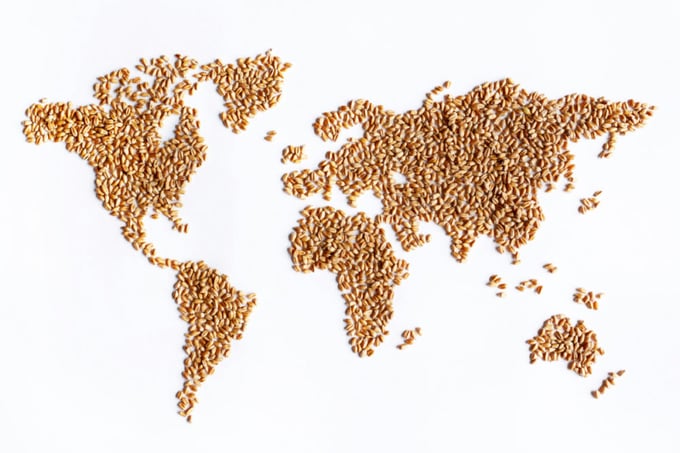November 26, 2025 | 11:51 GMT +7
November 26, 2025 | 11:51 GMT +7
Hotline: 0913.378.918
November 26, 2025 | 11:51 GMT +7
Hotline: 0913.378.918

As India’s population increases and incomes rise, there will be much more demand for food, including protein (dairy and pulses instead of meat due to cultural reasons) and sweets, also due to cultural preferences. Photo: STOCK.ADOBE.COM
Changes in population and income levels will shift food demand and placement of corporate assets, Michael Zerr, long-term model lead, Cargill, Minneapolis, Minnesota, US, told attendees at the opening session of the International Sweetener Colloquium on Feb. 26.
When you think 10 years out, it’s not so much about prices as “how does Cargill place assets across the supply chain,” Zerr said. Long-term drivers are population growth and gross domestic product.
Depopulation in China is giving way to growth in India, now the world’s most populous country, Africa and the Mideast, Zerr said.
Food demand shifts as income levels increase, Zerr said. Low-income countries focus on calories. Mid-level income countries eat more meat or protein and less grain. In rich countries the focus shifts to time, with consumers buying food that is more convenient and of greater variety.
“India in a way is the new China,” Zerr said.
As India’s population increases and incomes rise, there will be much more demand for food, including protein (dairy and pulses instead of meat due to cultural reasons) and sweets, also due to cultural preferences. Daily caloric consumption in India still trails China by about 700 calories.
Zerr noted that China is not a big consumer of sweets, unlike India, where there is a “huge culture around sweet products,” that means “massive sugar growth in India.”
(WG)

(VAN) China’s cooking oil is suddenly flooding into India. It all comes down to a soybean surplus that Beijing doesn’t quite know what to do with.

(VAN) An Giang promotes supply-demand connections, standardizes quality and builds value chains, creating a foundation for sustainable bird’s nest development and aiming to expand exports.
/2025/11/24/5339-4-nongnghiep-075331.jpg)
(VAN) Recently, the conference on 'Sustainable Fisheries Linkage Chain - Tilapia for Export' took place in Tien Hai commune, Hung Yen province.
/2025/11/21/4309-2-153400_128.jpg)
(VAN) Green and low-emission rice is paving the way for Vietnamese rice to enter high-end markets, marking the beginning of a transformation journey toward greening and elevating the national rice brand.

(VAN) ‘Right to Win’ outlines a national action plan that shapes a new vision for Viet Nam’s agriculture in an era of renewal and global integration.

(VAN) Lam Dong’s farmed sturgeon output this year is expected to reach 2,300 tons, worth VND 450 billion, affirming the brand’s position on the market.

(VAN) A surge in Ukrainian egg exports, largely driven by soaring sales to the UK over the last few years, has notably pushed up egg prices on the domestic market.